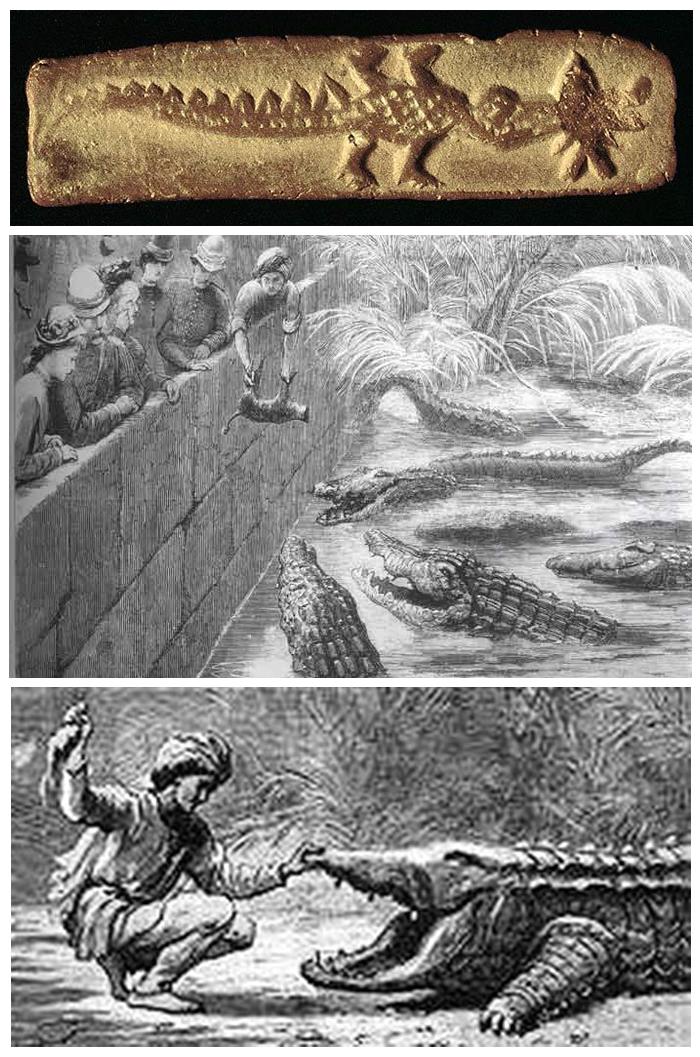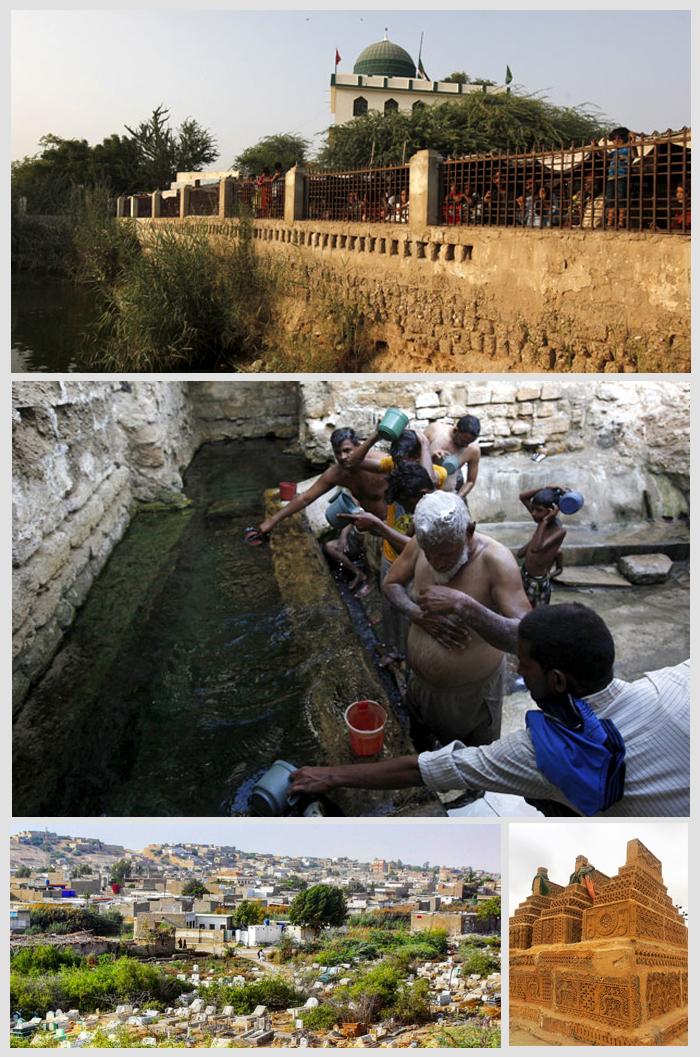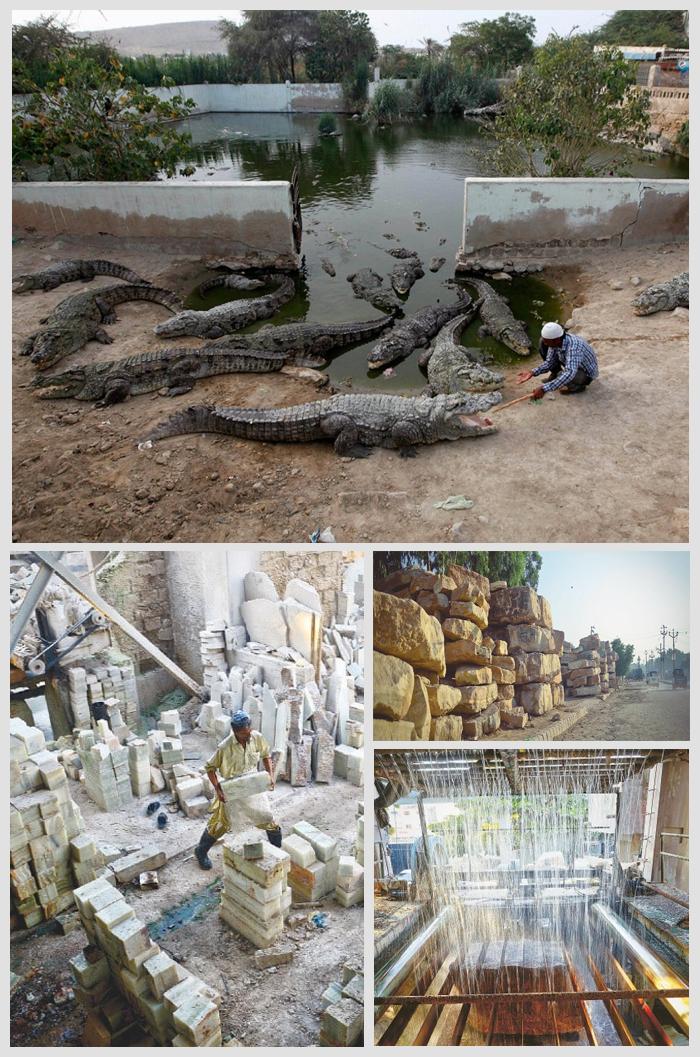Ushna Raees ProposalUnderstanding the principle of Arcology to revive ManghoPirI want to reveal you a magical place that exists in my city, a place I really care about. Walking around this magical place, you pass by a lake full of crocodiles, a gravy yard of crocodiles and human beings that is co-existing for centuries, a cultural Bazar (Marketplace), a 13th century old shrine of a Sufi saint, a concrete factory, hot and cold Sulphur springs that are believed to have curative powers and the huge mesmerizing mountains of Marble and Onyx. Ever heard of a place like that? I don’t want to keep you in suspense, so I’m going to spill the beans about the name of my mysterious place that is not a fantasy but a reality – I’m talking about ‘Mangho Pir’ – one of the most environmentally rich, culturally diverse and historically significant neighborhoods of my city Karachi that most people have never heard of. Moreover, Archaeology proves that a Bronze Age settlement (2500-1700 BC) existed in Mangho Pir, and people of that settlement used to worship the crocodiles. Besides having a great cultural and historical significance, the area of Mangho Pir has a very rich environment. The area of Mangho Pir used to be a forest which started witnessing changes when the internally displaced persons (IDPs) made their way to Karachi back in 1950 after the partition of sub-continent and started settling in the informal settlements. Mangho Pir is now a home to thousands of ethnically diverse low income families who are living in adverse conditions. Besides that the area has always been neglected and due to the negligence towards the site, crime activities have also originated and the area has turned into a no-go zone. As, I have also mentioned in my essay submittal that it is our duty as designers and architects to understand our social responsibility towards our city and also to communicate with the society through the social art of architecture. When we talk about communicating with the society through the social art of architecture it is important to address the environmental and social issues of the city through architecture, like crime, population growth, pollution, energy and natural resource depletion. Mangho Pir is facing the issue of population growth as I have mentioned above that many informal settlements started appearing in the area after the migrations. Natural resources like the forest of Mangho Pir, Onyx and marble mountains, the Sulpher springs are depleting and might extinct in future if we don’t treat them rightly. When we think about the issue of crime people often assume that such issues can’t be addressed through architecture but I believe that they can actually be addressed. I believe that when the area of Mangho Pir will evolve and will be celebrated through an appropriate design intervention, crime and other social issues at Mangho Pir would automatically disappear. The history and culture of a city play a huge role in shaping its identity. Neglecting the sites like Mangho Pir that are culturally diverse, historically significant and have precious natural resources in abundance, will ultimately lead to major identity and environmental crisis in the city. It is my dream to revive the heritage, culture and diversity of Mangho Pir through a design intervention that is socially and environmentally responsive. It will play a huge role in shaping the identity of my city. But I can’t just go out and start designing, it is merely a dream at this stage that sounds irrational. However, I can do a thesis on it at the master’s level, which was also advised by my teachers when I proposed 'Mangho Pir' for my undergraduate thesis, as we don’t have proper sufficient knowledge and exposure towards the fields of Environmental and Urban design at the undergraduate level to deal with the sites like Mangho Pir. To do an intervention at Mangho Pir, it is important to understand the 'environmental' context of Mangho Pir and to understand that, It is important to understand the concept of ‘Arcology’. The concept of Arcology combines ‘Architecture’ and ‘Ecology’. The most important project that is functioning on the theory of Arcology is ‘Arcosanti – The urban laboratory’. It is an experimental project of the famous architect Paolo Soleri, constructed in the middle of the Arizona high Deseret, United States. Soleri believes that in nature, as organisms evolve, they increase in complexity and become a more compact system. A city should similarly evolve, functioning as a living system. Architecture and ecology as one integral process, is capable of demonstrating positive response to the many problems of urban civilization – population growth, pollution, energy/natural resource depletion, food scarcity, and quality of life. That sounds so relevant in the case of my city Karachi and particularly in the case of Mangho Pir. The urban laboratory Arcosanti offers a workshop to the architecture students in summers. The Workshop at Arcosanti is the gateway into the project. Through seminars, hands-on work opportunities, and total immersion within the unique 24/7 live/work community, participants learn the values of what Soleri termed as “Lean Alternative” which appeals for a frugal commitment so as to induce a more equitable and sustainable development of the human experience. I want to attend the ‘Arcosanti Workshop’ in summers to understand the principle of Arcology and also to critically observe and analyze how the built environment of the Laboratory is functioning and co-existing with nature. The idea of ‘The urban Laboratory’ might also give rise to a similar initiative at Mangho Pir. ITINERARY: -20th June, 2018 (Wednesday): Fly to Phoenix via San Francisco from Karachi, Pakistan. -21st June, 2018 to 22nd June, 2018: Reach San Francisco, explore the city, Visit the University of California, Berkeley (Transit Visit) -22nd June, 2018 (Friday): Fly to Phoenix from San Francisco, followed by a 70 miles travel from Phoenix, AZ to Arcosanti, AZ. -24th June, 2018 (Sunday): Commencement of the five-week workshop. -25th June, 2018 (Monday) to 8th July, 2018 (Sunday): Seminars, field visits to Phoenix city and other specified tasks as per the program schedule. -9th July, 2018 (Monday): Commencement of hands-on construction workshop at Arcosanti. -29th July, 2018 (Sunday): Conclusion of the workshop. -30th July, 2018 (Monday): Fly to Karachi from Phoenix (via New York). BUDGET: -Visa Fees: USD 160. -Round Trip airfare USD 1700. KHI-SFO, SFO-PHX, PHX-JFK, JFK-KHI.* (Emirates Airlines) -Transportation expenses: USD 70 Phoenix Airport to Arcosanti and back. -Workshop program fee: USD 1750 (Includes registration fee, program fee, meals and accommodations). *KHI- Karachi ; SFO- San Francisco ; PHX- Phoenix, AZ; JFK- New York City. Total Expenditure: USD 3,680. Any of the further expenditure, apart from the above mentioned will be borne by me. REFRENCES: -Sami Chohan, my teacher and my mentor who suggested the Arcosanti workshop to me (sami.chohan@ivs.edu.pk) -Arcosanti workshop coordinator: Miss Melanie (e-mail workshop@arcosanti.org) For further details about the program. -Visit https://arcosanti.org/workshops for further information.
Additional Help and InformationAre you in need of assistance? Please email info@berkeleyprize.org. |




